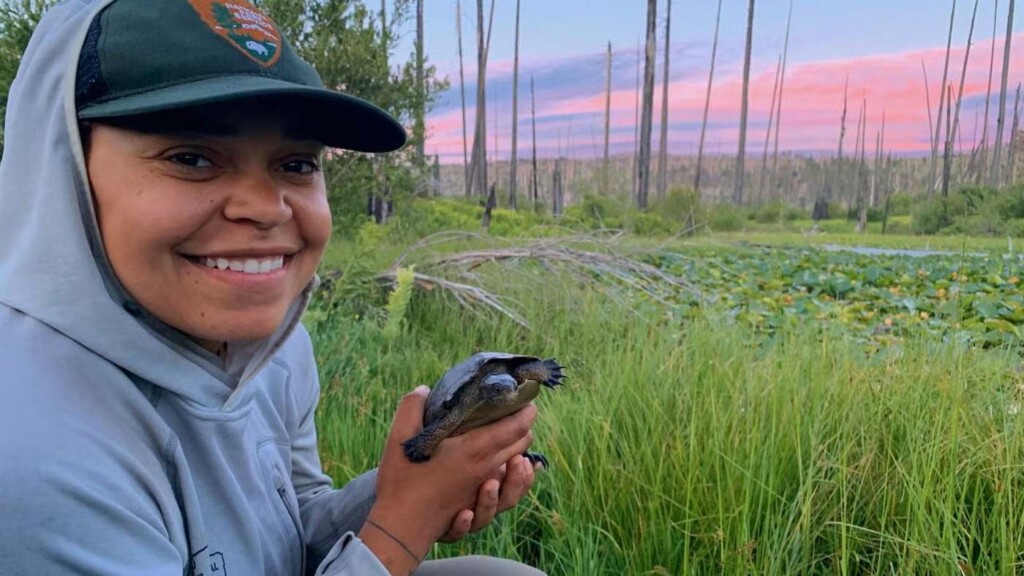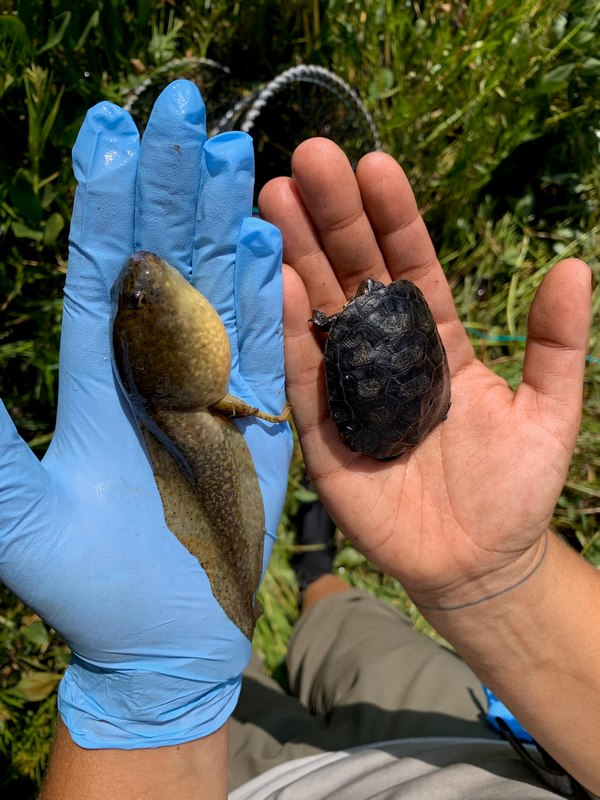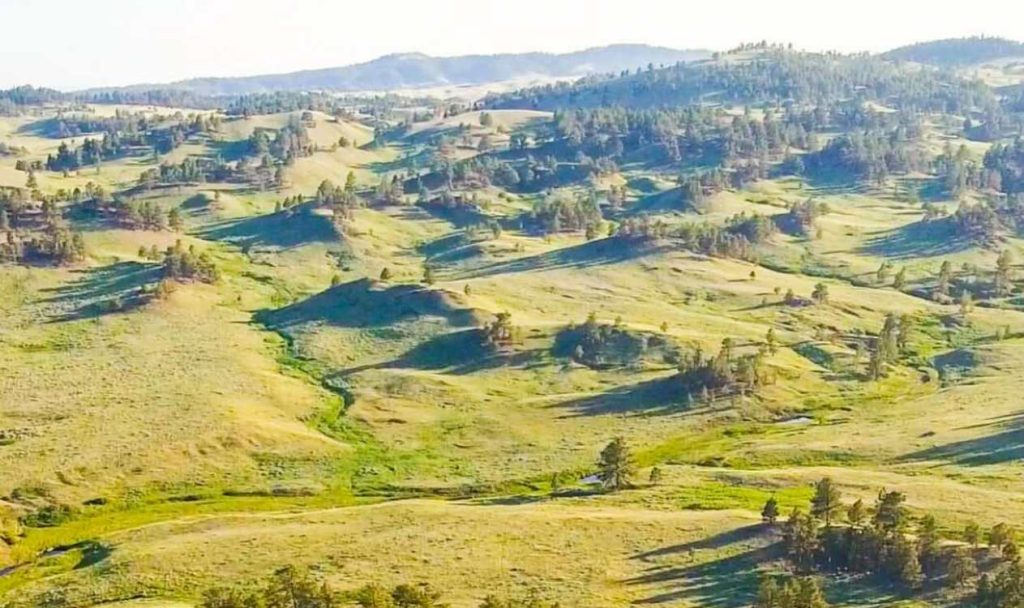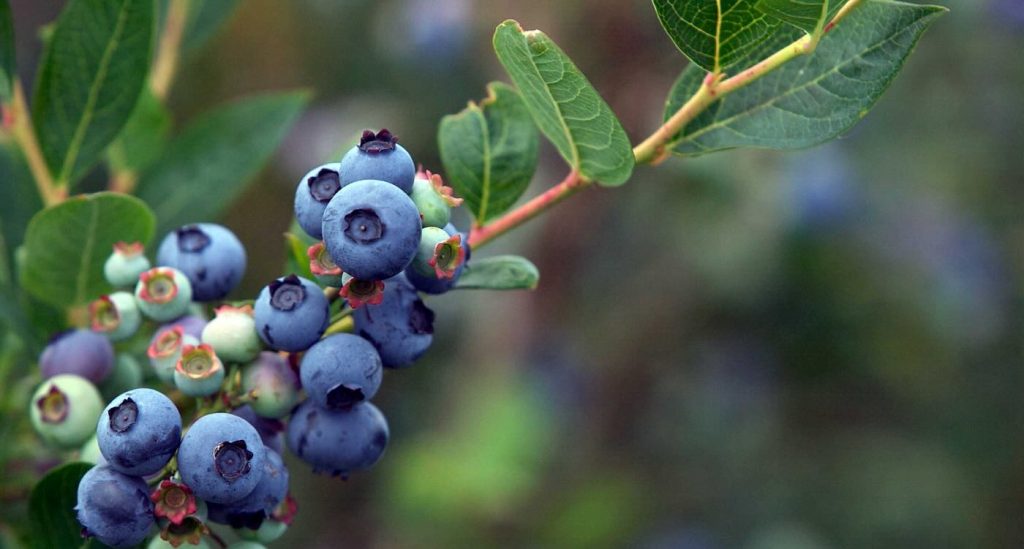In the serene landscapes of Yosemite National Park, a remarkable triumph unfolds as dedicated research sheds light on the delicate balance of nature. This story beautifully illustrates how one student’s commitment to ecological restoration can spark hope for a native species once thought to be endangered.
At the heart of this tale is Sidney Woodruff, a passionate Ph.D. candidate from UC Davis, who embarked on a mission that intertwined her love for wildlife with a deep commitment to conservation. The journey began amid the groaning calls of American bullfrogs, a non-native species dominating the park since their introduction in the 1950s.
Woodruff’s research aimed to determine if removing these loud-mouthed invaders would allow California’s one and only native turtle—the northwestern pond turtle—to thrive again. For six years, she meticulously documented the relationships between these two species across four different sites in Yosemite, immersing herself in the rhythms of nature.
Before starting her study, Woodruff described Yosemite as a place nearly overrun by bullfrogs. Visitors might have mistaken the incessant croaking for the park’s natural ambiance, unaware that these creatures were wreaking havoc on the local ecosystem. Bullfrogs feast indiscriminately, prompting concerns that they could lead to the decline of native wildlife.

Despite bullfrogs being found in regions as diverse as Japan and Colombia, here in Yosemite, it was their insatiable appetite that posed a significant danger to the native turtles. Woodruff notes that the tadpoles of these frogs are often much larger than juvenile turtles, raising fears they might prey on the young turtles and other fragile local species.
With a dedicated team by her side, Woodruff tackled the challenge head-on. As they waded through the ponds, she developed innovative methods to capture and remove bullfrog eggs and adults, employing everything from fine mesh nets to paint strainers. The determination in their eyes mirrored the hope that one day, these ponds might ring once again with the sounds of a balanced ecosystem.
The findings were stark. In ponds bereft of bullfrogs, turtle populations surged, with numbers skyrocketing between two to one hundred times higher compared to those still plagued by their aggressors. The once-dominant bullfrogs had blurred the lines of survival, leaving juvenile turtles struggling to find their place in the water.
But as the bullfrog population dwindled, something magical happened. Woodruff observed the return of native soundscapes; frogs calling, and salamanders strolling about as if reclaiming their lost territories. The rippling waters of Yosemite began to hum again with life.

Reflecting on her journey, Woodruff expressed immense joy at hearing the chorus of native frogs, a sound previously drowned out by the invasive bullfrogs. She emphasized that protecting the northwestern pond turtle is not just about saving a species; it’s about preserving an essential part of California’s natural heritage.
This story serves as a powerful reminder of the impact that one person can have on the environment and the importance of vigilance in protecting our fragile ecosystems. With each lost croak of a bullfrog, the northwestern pond turtle takes a step closer to reclaiming its rightful home in the vibrant tapestry of Yosemite.
Share this inspiring journey with others and let them know that every action counts in the fight for conservation!
If you would like to see similar good news stories click here & Share this to brighten someone’s day.





